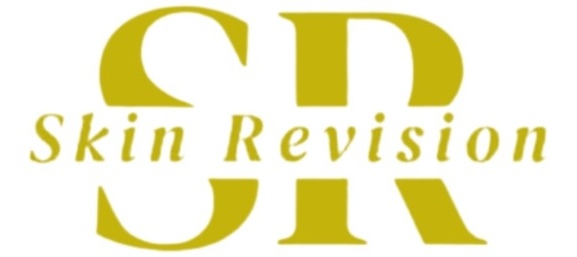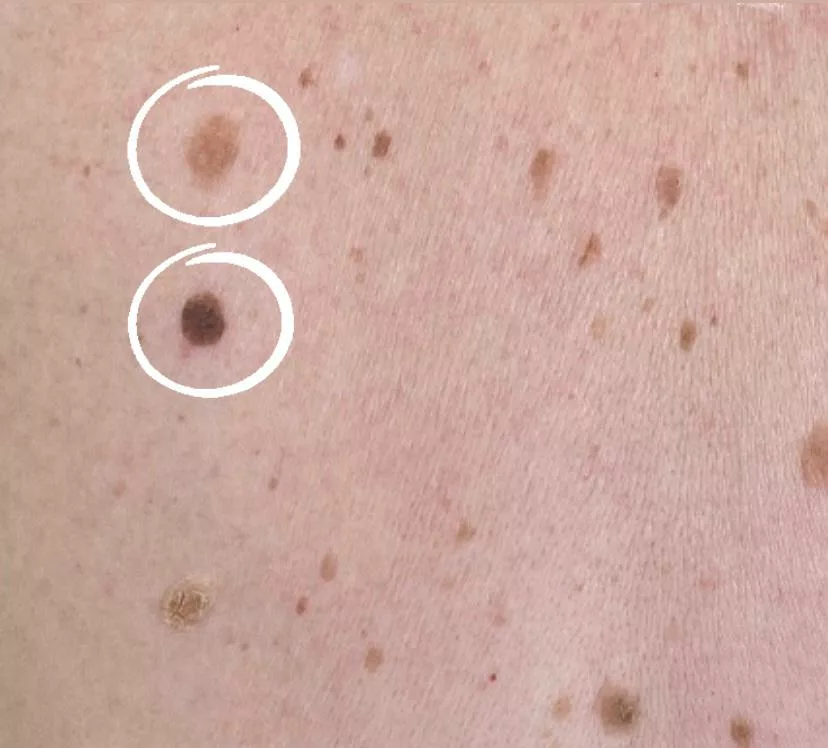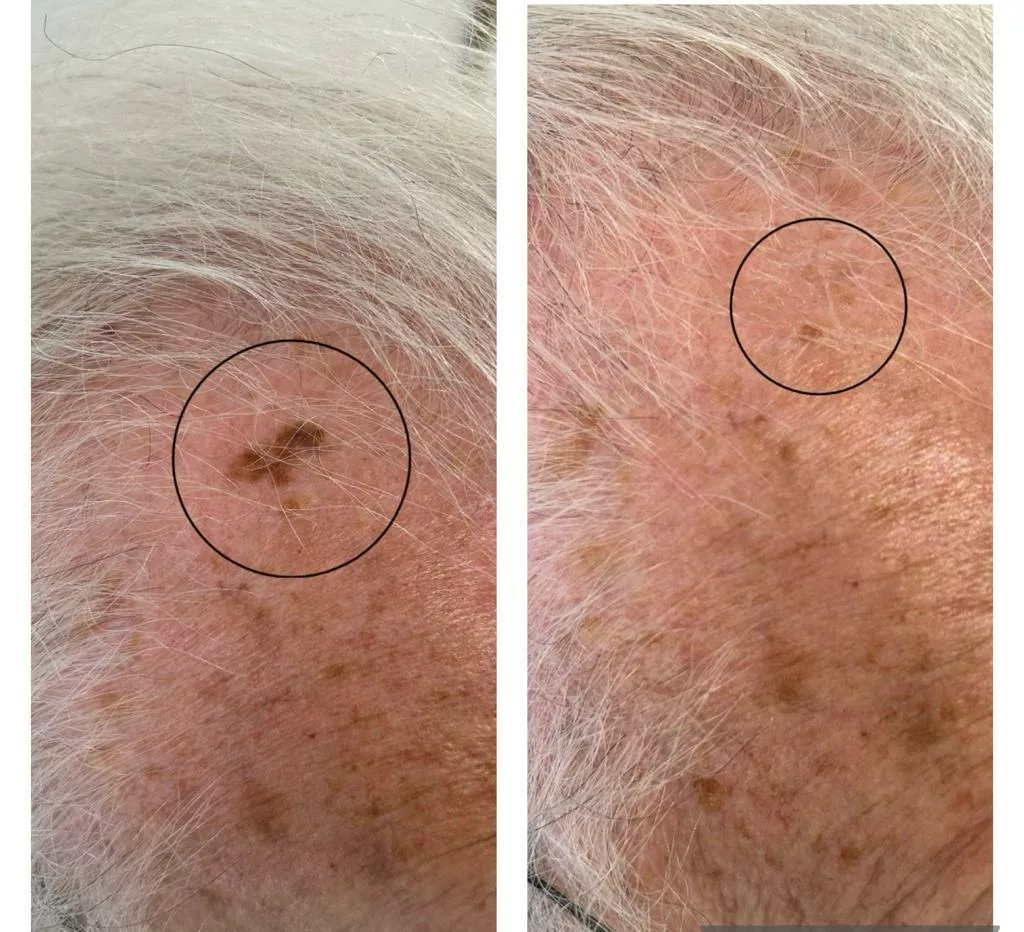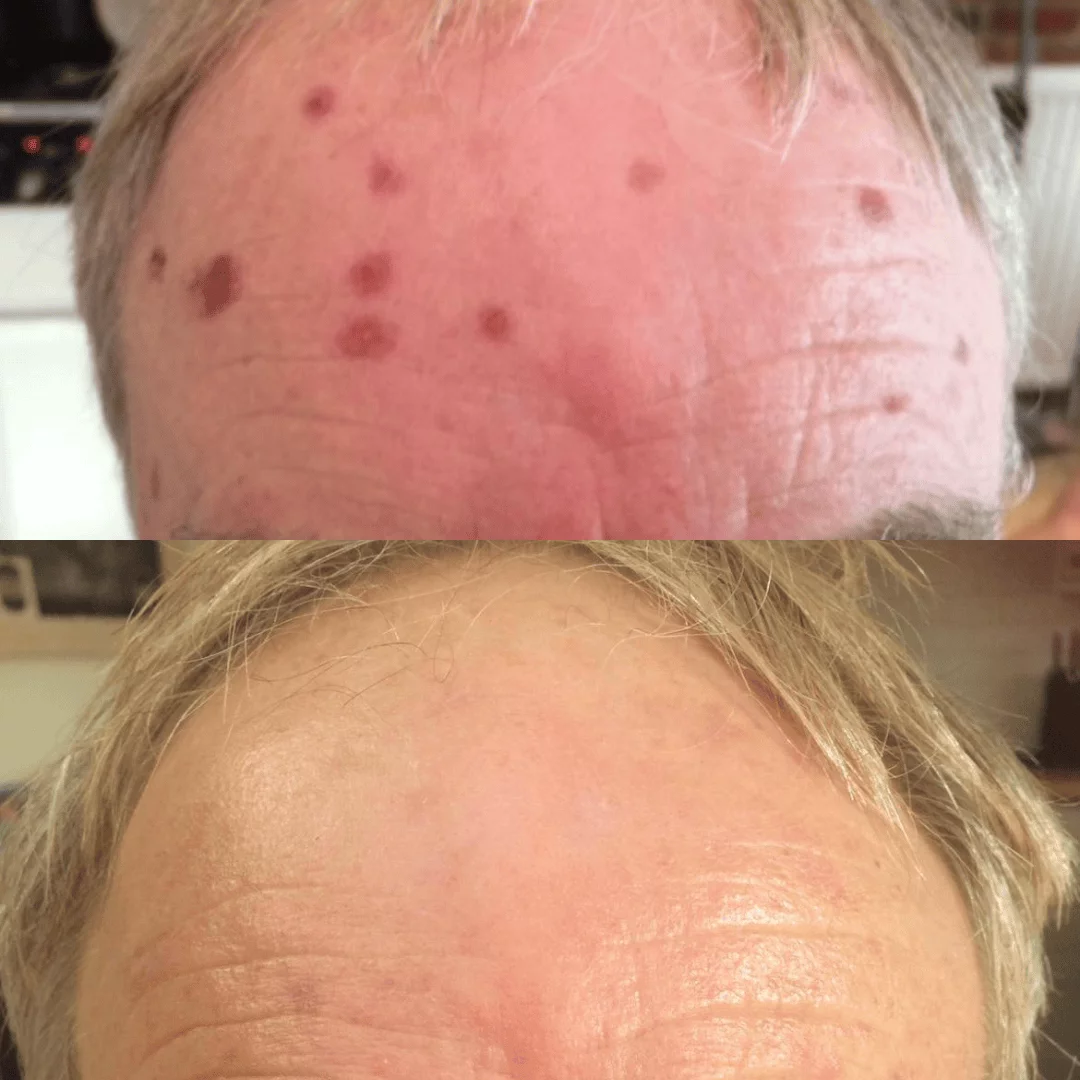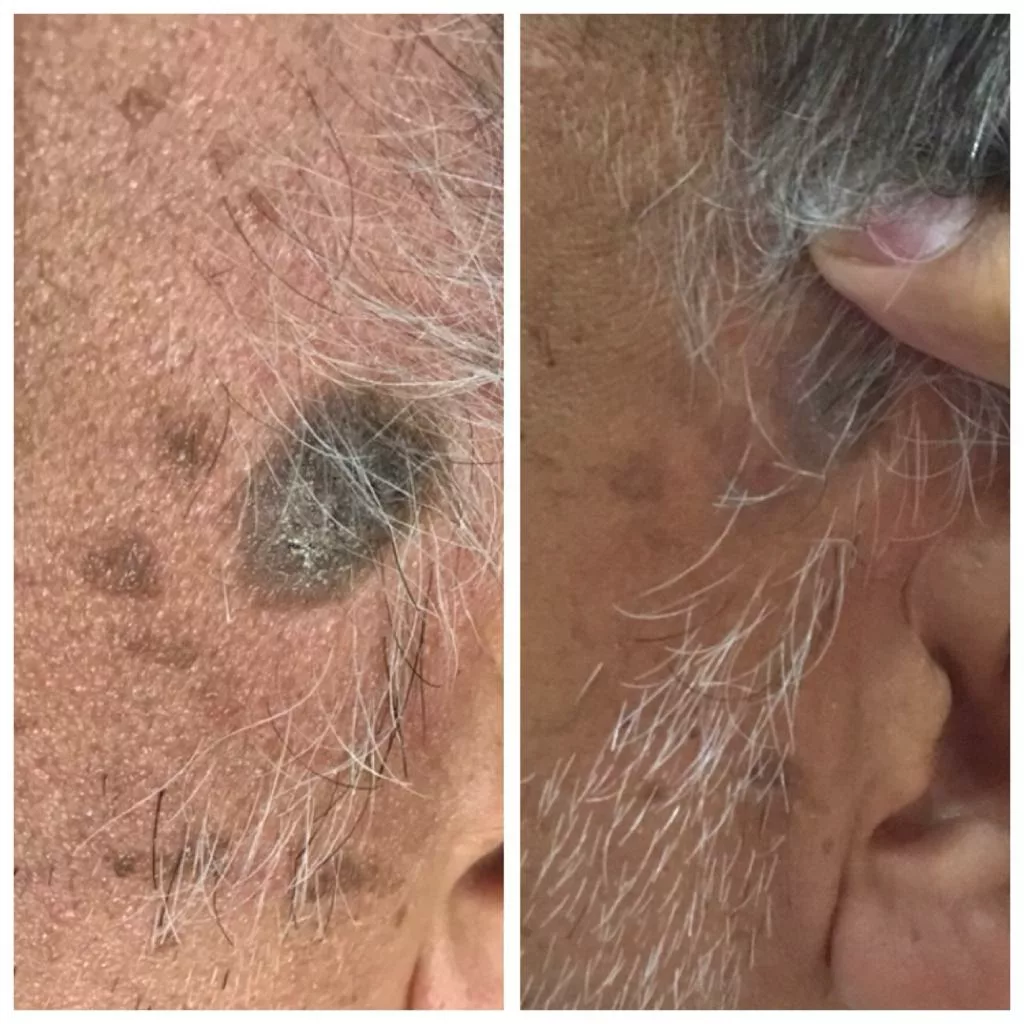Seborrhoeic Keratosis – Beaconsfield
At Skin Revision we offer you the most effective treatments for Seborrhoeic Keratosis. We offer either medical grade CryoPen or Plaxel Plasma spray. CryoPen emits targeted pressurised nitrous oxide as a fine jet, at minus 89 degrees that kills of the cell membrane causing the lesion to die and ultimately fall off. The heat cauterisation of the Plasma spray ionised gases, causes the cell membrane of the lesion to rupture the relevant cells and cut off their blood supply.
What is Seborrheic Keratosis?
Seborrhoeic Keratosis is a common non-cancerous skin growth that typically appears as a brown, black or tan lesion on the skin’s surface. The cause of the legion is generaly related to genetics or sun exposure and will become increasingly more prominent as the skin ages.
Seborrhoeic Keratosis lesions can occur on various parts of the body. The most common areas affected include the face, neck, chest, shoulders, back, and scalp.
